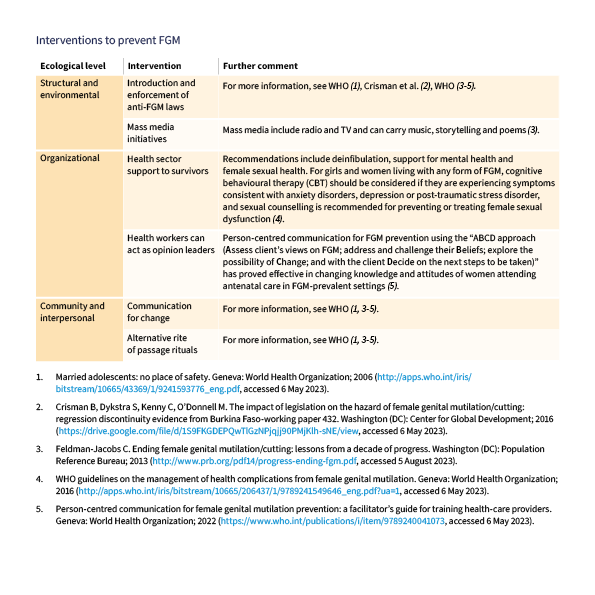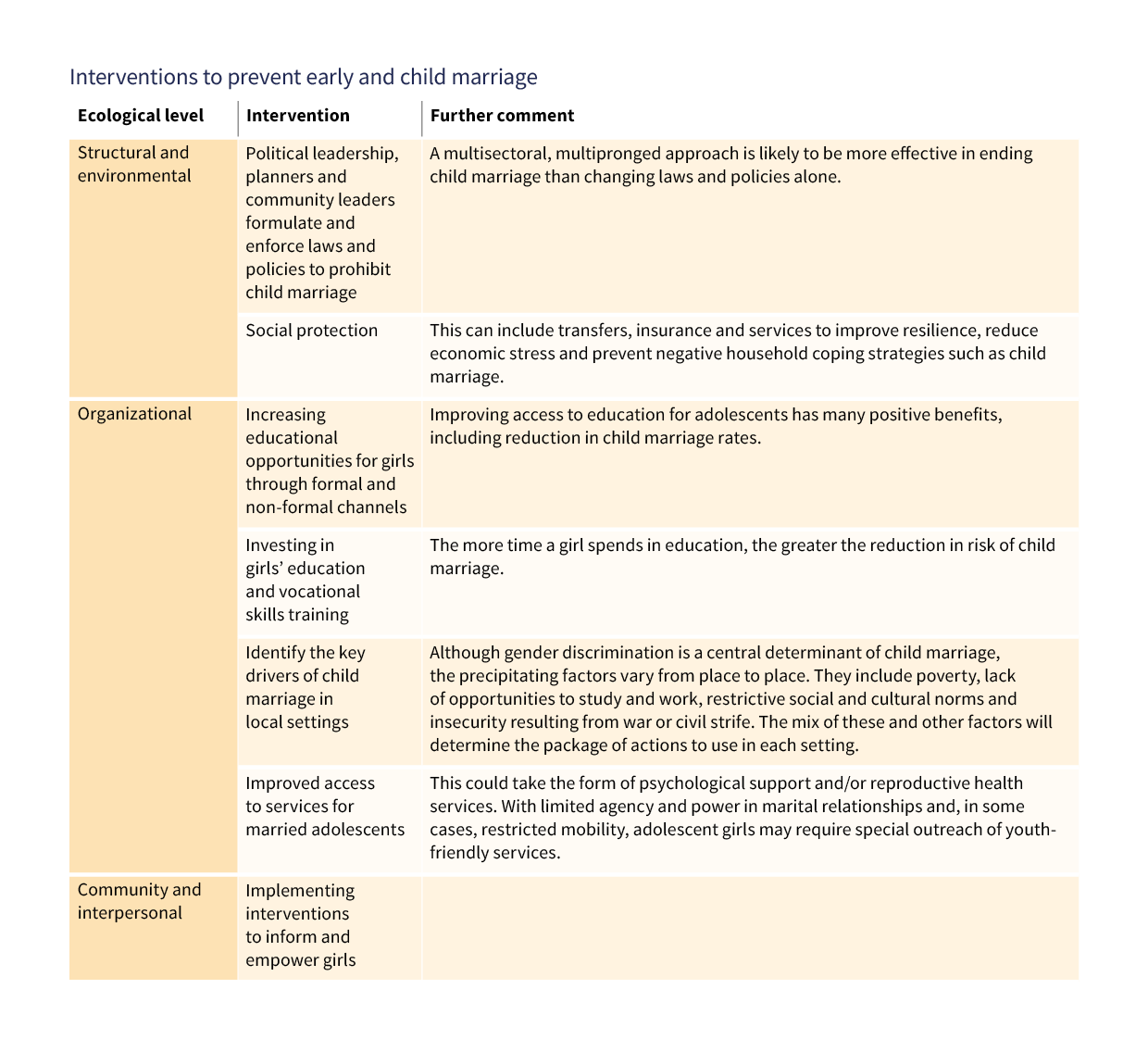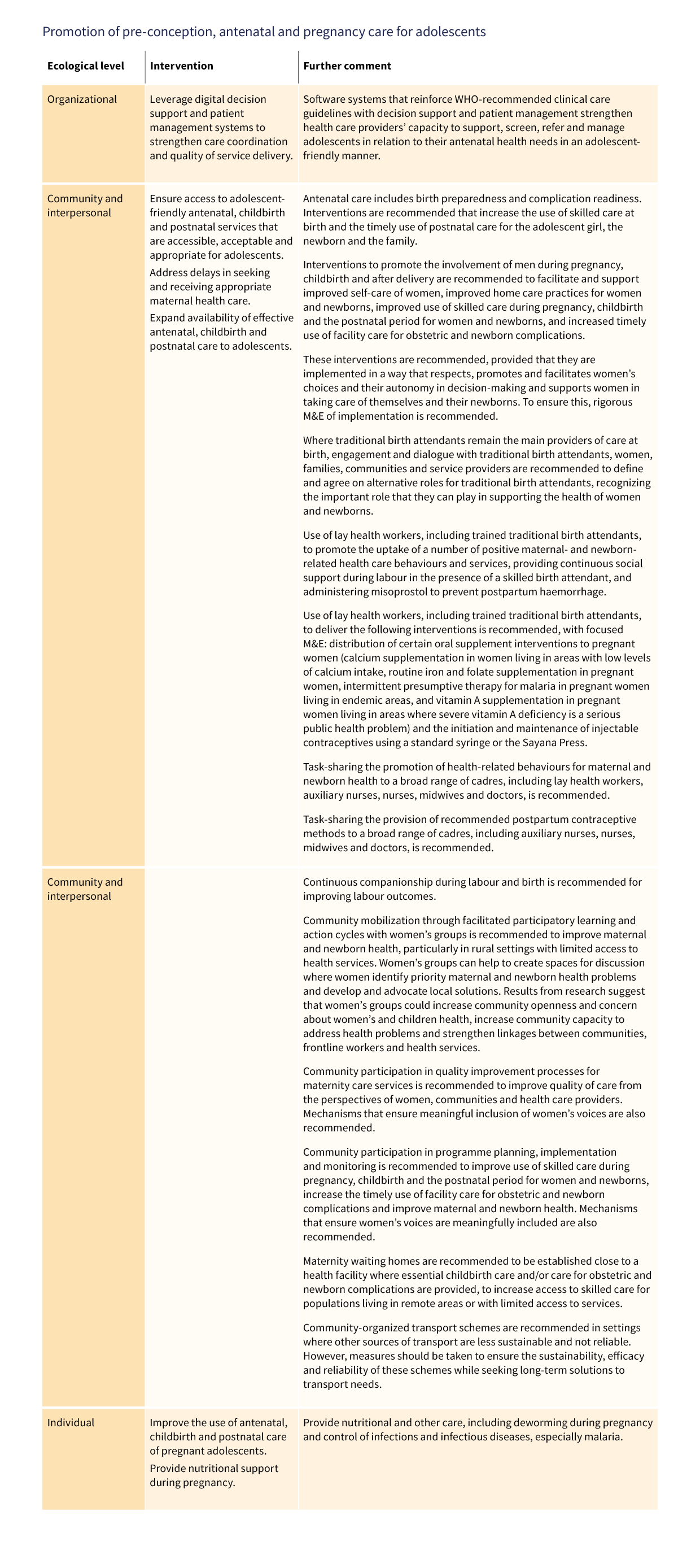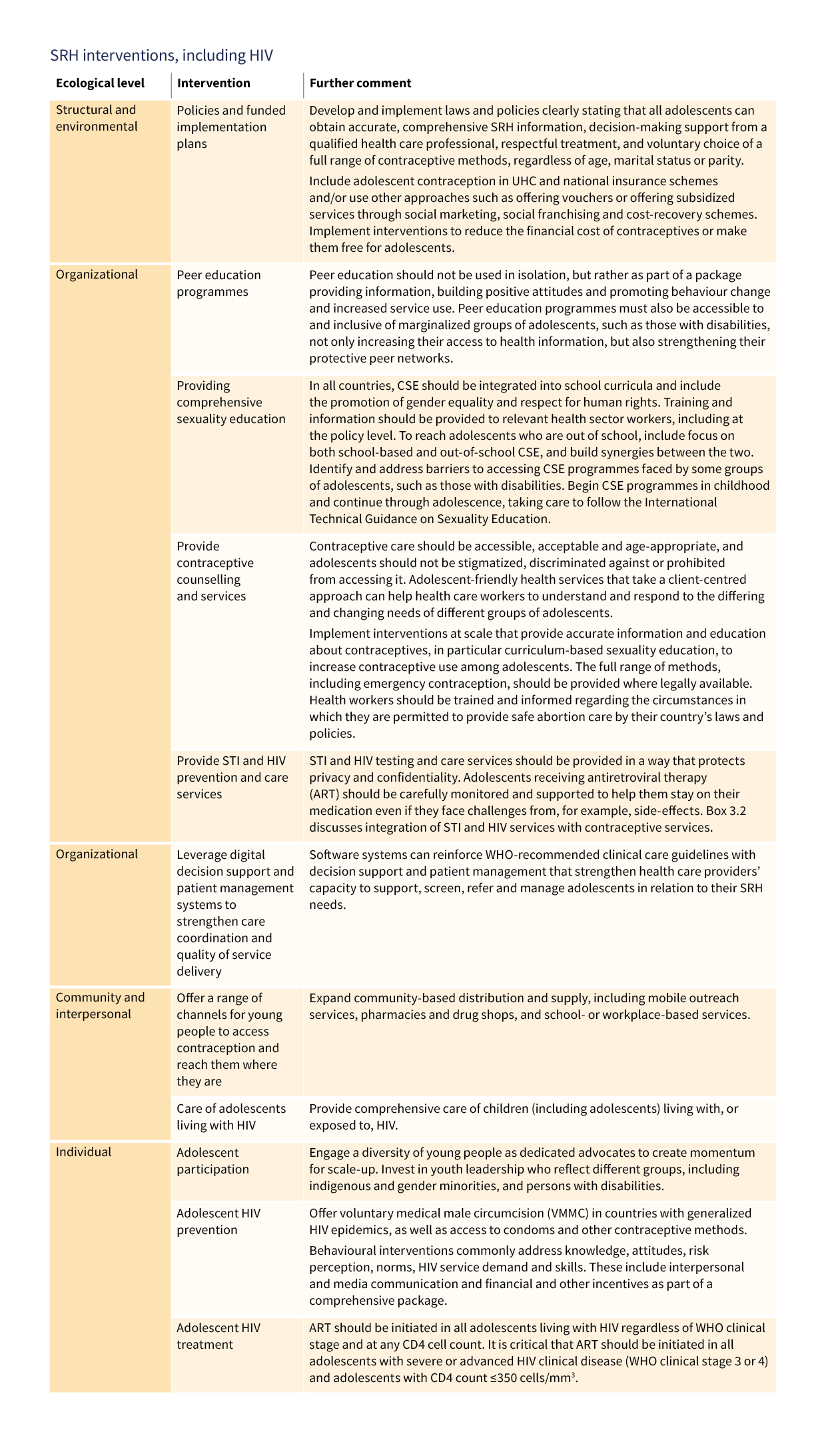
Adolescent SRH knowledge and access to SRH services are limited in many LMICs. Despite efforts to improve uptake, unmet needs remain high, and many adolescents suffer adverse outcomes such as unintended pregnancy, unsafe abortions, sexual violence and STIs, including HIV. Girls are particularly vulnerable and disproportionately affected by poor SRH services and inadequate SRH education.
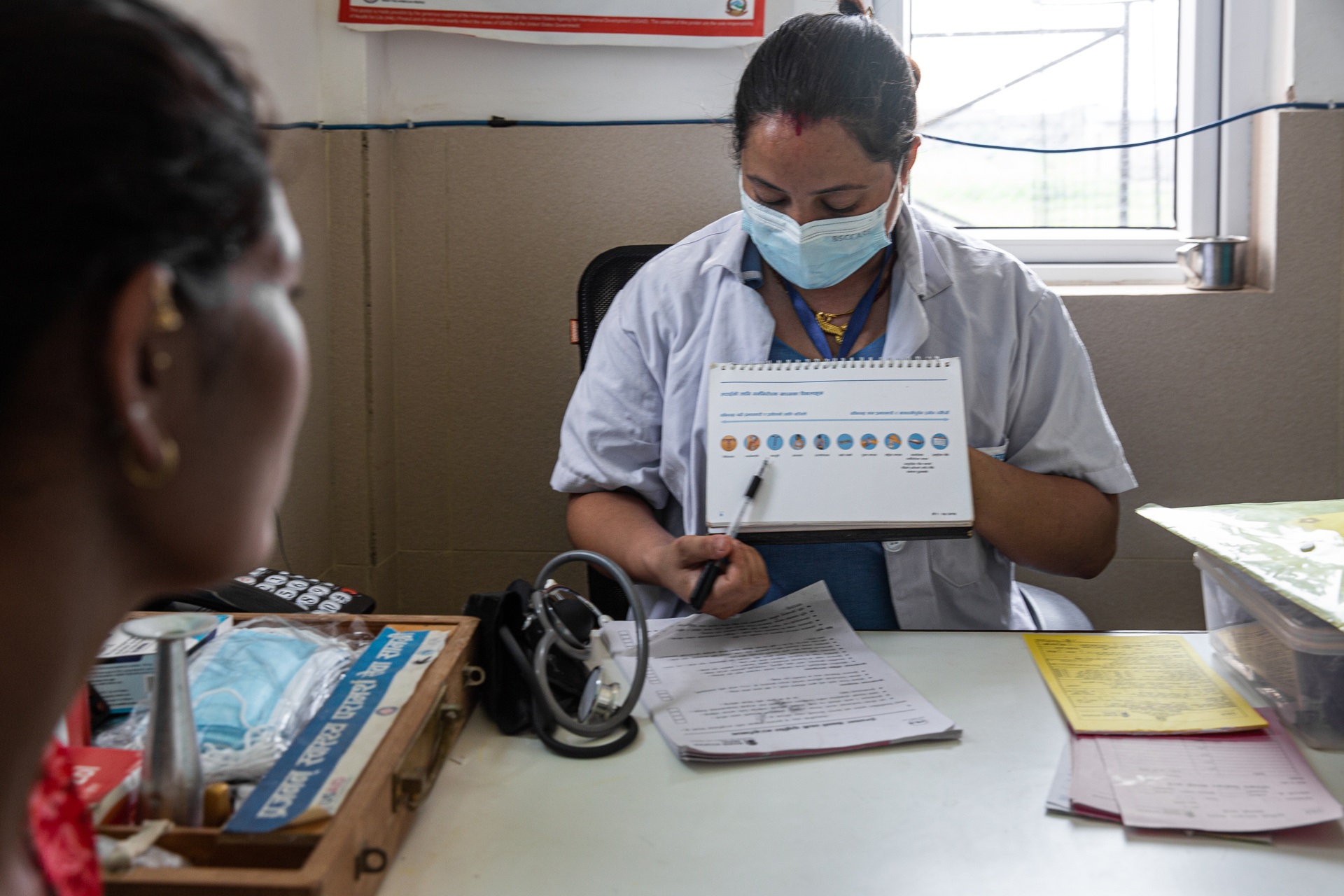
A health worker counsels a patient a health post in rural Nepal.
Integrated services can expand reach, quality and care to better serve adolescent girls and women at high risk of acquiring HIV or other STIs and who are accessing contraception.
Adolescent girls and young women should have more contraceptive choices in all types of service delivery settings, including family planning clinics and primary health care facilities. These services should include free male and female condoms, which are the only multipurpose method for preventing HIV, STIs and unintended pregnancy.
Adolescent girls and young women accessing contraceptive services – especially in high HIV burden countries – should have easy and affordable access to quality integrated HIV and STI testing, prevention and treatment services that are responsive to the rights and preferences of adolescent girls and women.
The rights of adolescent girls and women to full and unbiased information should be guaranteed in all health care settings and in the community. This includes basic information on STI and HIV risk factors; advantages, disadvantages and risks of contraceptive methods, including the message that methods other than condoms do not prevent STIs or HIV; and any relevant regulatory changes and requirements that might affect their choices, such as age-related bans on contraceptives, bans on SRH services or changes in abortion laws.
Contraceptive, HIV and STI services need to be part of a broader health response that includes both SRH and primary health care services in the context of UHC.
